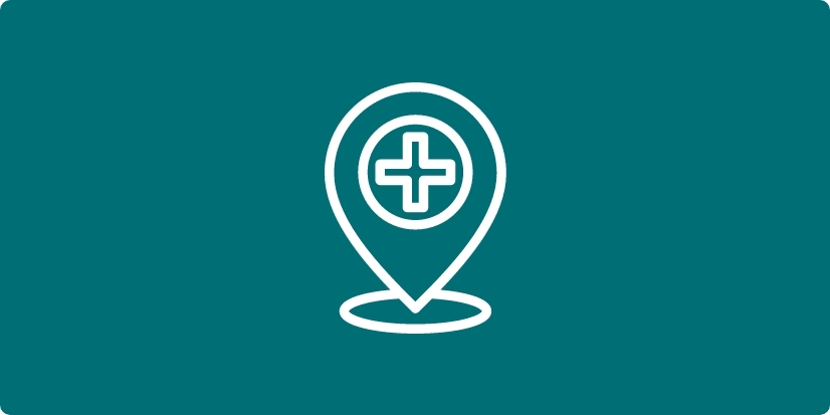GI Diagnostics
Digestive & GI Diagnostics
Esophagogastroduodenoscopy (EGD)
Esophagogastroduodenoscopy EGD is a procedure to diagnose and treat problems in your upper GI (gastrointestinal) tract which includes your esophagus, stomach, and the first part of your small intestine (the duodenum).
This procedure inserts a long, flexible tube called an endoscope with a tiny light and video camera on one end. It is slowly pushed through your esophagus and stomach, and into your duodenum where the physician looks for:
- Tissue damage from stomach acid, bile, or chemicals
- Cellular changes to the lining of the organs
- Abnormal growths or ulcers on the walls
- Bleeding and perforations
- Narrowing or blockages in the passageways
- Inflammation and swelling
- Swollen veins
What to expect during an EGD?
Instructions for an EGD prep?
Instructions for an Upper GI Endoscopy prep?
Colonoscopy
A colonoscopy is a procedure that examines the inside of your entire colon (large intestine) using a long, flexible tube called a colonoscope. The tube has a light and a tiny camera is inserted in the rectum and moved into your colon. This allows your physician to check for:
- Polyps and tumors
- Ulcerations
- Inflammation
- Diverticula
- Narrowed areas, objects, or blockages
- Chronic (long-term) diarrhea
- Bleeding
When should you have a colonoscopy?
Instructions for a Colonoscopy prep:
Endoscopic Retrograde Cholanglopancreatography (ERCP)
Endoscopic retrograde cholangiopancreatography (ERCP) is a procedure to diagnose and treat problems in the liver, gallbladder, bile ducts, and pancreas. It combines X-ray and the use of an endoscope, which is a long, flexible, lighted tube guided down the esophagus, stomach, and the first part of the small intestine (duodenum). A tube is then passed through the scope and a dye is injected which highlights the organs on X-ray. The physician can get more information to determine liver, pancreas, or bile ducts problems caused by:
- Blockages, infection, or stones in the bile ducts
- Fluid leakage from the bile or pancreatic ducts
- Blockages or narrowing of the pancreatic ducts
- Tumors and other abnormalities
Endoscopic Ultrasound EUS
Endoscopic ultrasound (EUS) combines two techniques, endoscopy and ultrasound, to evaluate and diagnose gastrointestinal conditions of the esophagus, stomach, colon or rectum. EUS uses a special endoscope with a small ultrasound device on its tip, called an echoendoscope. Endoscopic ultrasound works similar to an abdominal ultrasound except the source of the sound waves is inside your body. As the high frequency sound waves travel from the echoendoscope, they hit tissues of various density and bounce back. For example, endoscopic ultrasound can pick up outlines of a tumor or a cyst, which the computer then processes and displays on the screen. Your gastroenterologist may recommend EUS to diagnose:
- Tumors or cysts in the pancreas
- Pancreatitis
- Cancer
- Stones in the biliary ducts
- Pseudocysts or abnormal abdominal fluid
Learn more about Endoscopic Ultrasound
Capsule Endoscopy
Capsule endoscopy is a noninvasive procedure that visualizes the inside of your digestive tract by swallowing a capsule that contains a tiny camera with a transmitter and a light. As it passes through your stomach, intestines, colon and rectum, the capsule takes thousands of pictures and transmits them to a recorder that you wear outside of your body. The data from the recorder uses technology that combines the pictures into a video and identify problems in the digestive tract. Your doctor may recommend capsule endoscopy to diagnose:
- Inflammatory bowel disease (IBD)
- Crohn’s disease
- Gastrointestinal bleeding
- Celiac disease
- Ulcerative colitis
- Colon polyps or colon and rectal cancer
Confocal Laser Endomicroscopy
Confocal laser endomicroscopy uses a tiny microscope at the end of an endoscope, a flexible, lighted instrument that is used to view the gastrointestinal tract. Images are magnified 1,000 times, allowing greater visibility of microscopic changes throughout the GI tract that can’t be sees with traditional endoscopy. This microscopic technique could lead to earlier diagnosis and treatment of gastrointestinal disorders ranging from reflux disease to colon cancer. Among the disorders are:
- Acid reflux disease
- Barrett’s esophagus
- Esophageal and colon cancer
- Gastritis
- Celiac disease
- Inflammatory bowel disease


